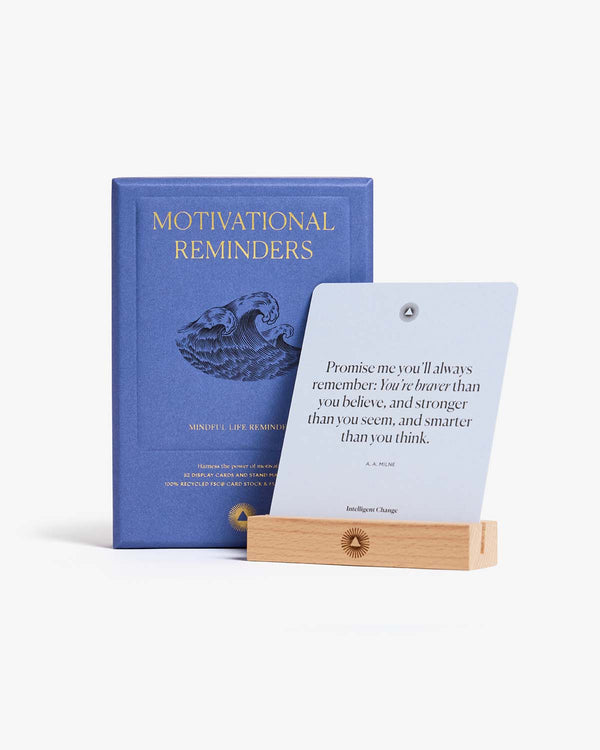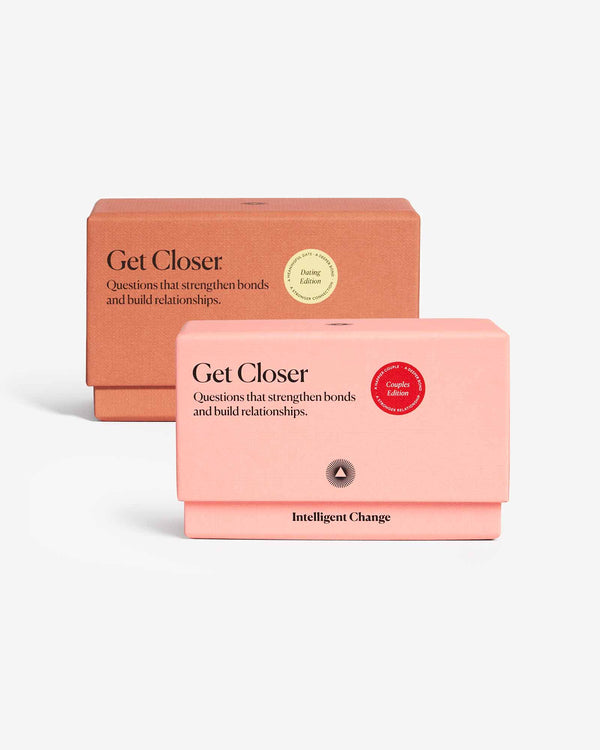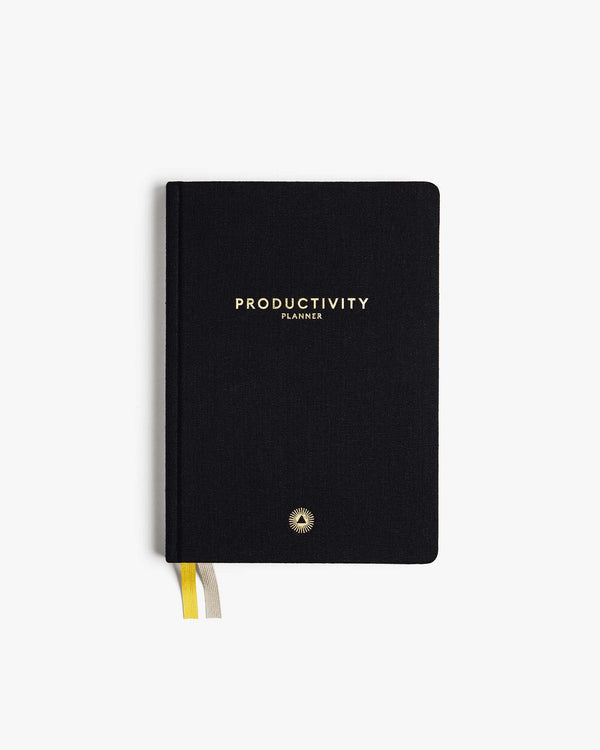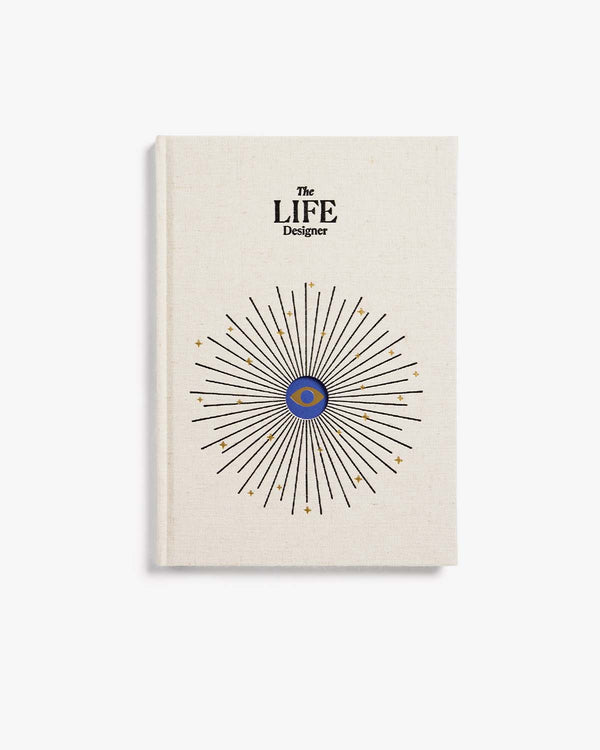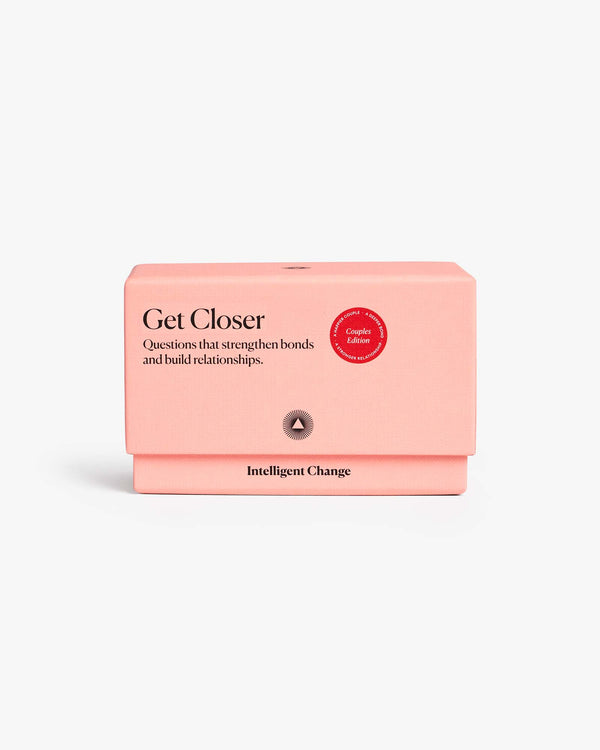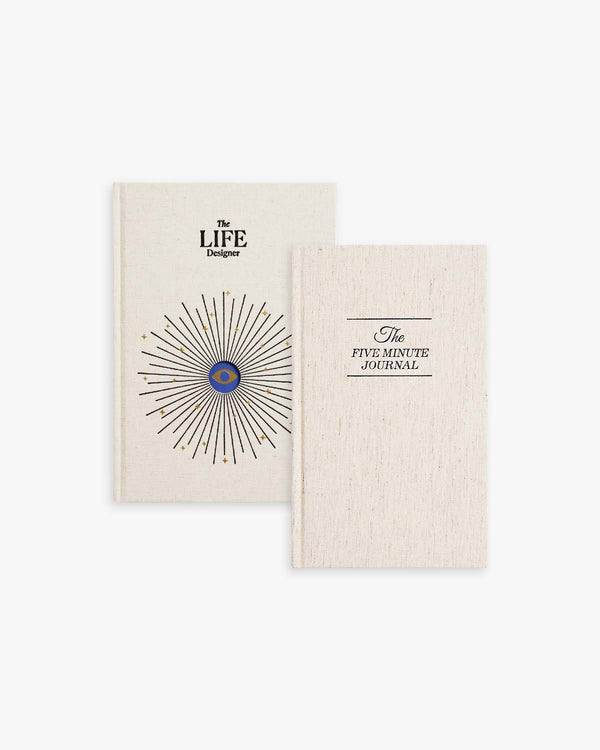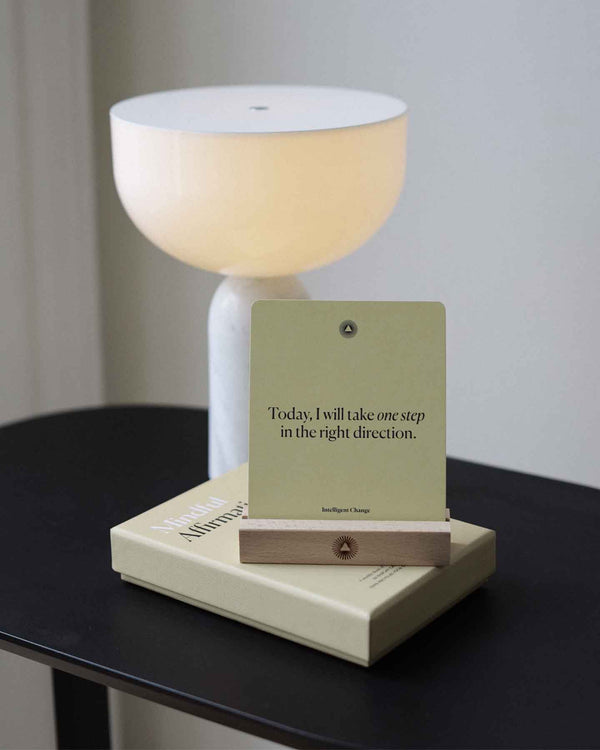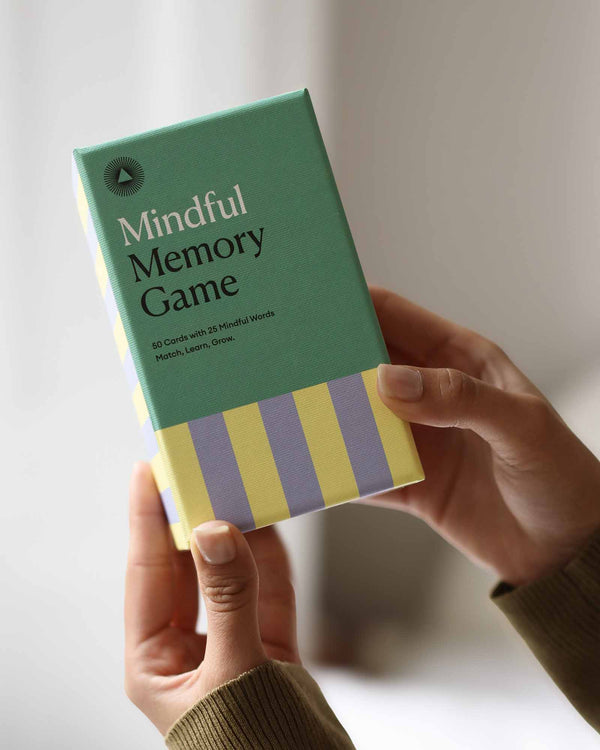Productivity Planner Tips
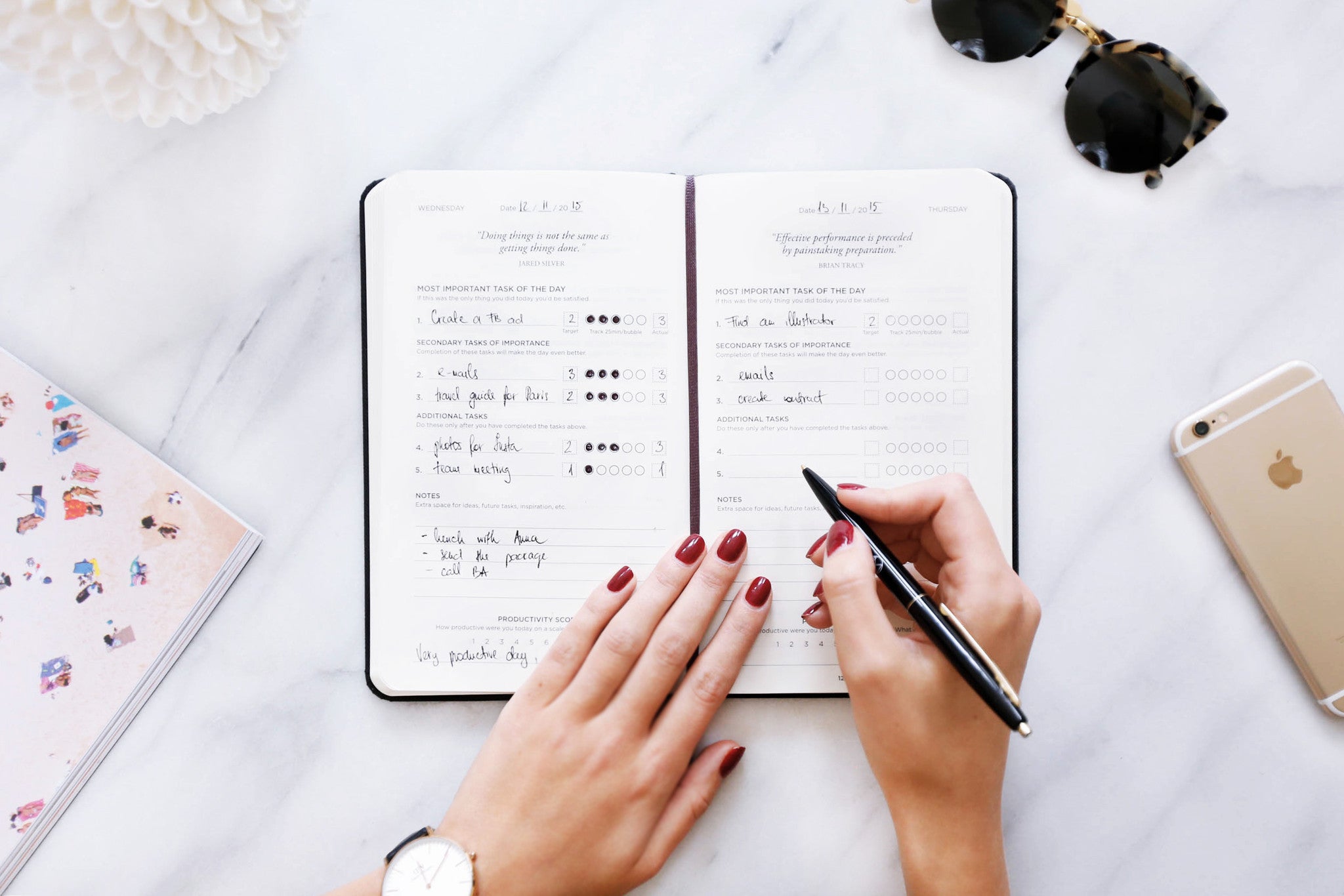
Below you will find 6 tips to get the most out of the Productivity Planner including best practices and ways to avoid getting stuck.
CONTENTS
1. Three productivity methods (from successful people) that actually work2. How to use Pomodoros to beat procrastination and improve focus
3. How to break your large goal into smaller manageable tasks
4. Using the Productivity Score to become a productivity machine
5. How to handle random tasks that pop up in your day
6. What should your Most Important Task be? Work related? Personal? Both?
TIP #1: Three productivity methods (from successful people) that actually work
It seemed like a simple errand: buy laundry detergent. What I came across was an anxiety-inducing cornucopia of choices.

There’s pureclean, free and gentle, simply clean, simple clean and sensitive, high efficiency, free and gentle high efficiency, Febreze freshness high efficiency, Febreze freshness sport. The list goes on.
If choosing laundry detergent is this difficult, how are we supposed to choose important life goals?
This is what 99% of productivity experts ignore. They focus on the HOW. They focus on efficiency and effectiveness. They rarely talk about the WHAT.
Is now the time to finally start the business you have always wanted to start? Is now the time to go for the promotion at work? Get in shape? Travel the world? Overcome your shyness?
You can optimize your inbox to zero. You can send a million resumes hoping to get a job. But if you are not focusing on the right things, this effort can be pointless. It’s scary.
Below are 3 methods for how to choose your most important tasks. Whether you have daily goals or multi-year goals, you can apply these frameworks.
THE TIM FERRISS METHOD aka the “Finally” Method
This method happens to be our favorite and the basis for The Productivity Planner. If you remember from our last email, Tim Ferriss shares his sage advice on productivity:
“What you do is more important than how you do everything else, and doing something well does not make it important.”
But how do you choose what to focus on? Tim explains:
We call this method the “Finally” method because there is probably a list of big hairy goals you mentally filed away as, “I will get to this some day.”
- Maybe you are shy and have put off developing your social skills
- Maybe you have been wanting to strengthen your relationships for a while, spending more time sharing conversations in person versus liking Facebook posts
- Maybe you keep making jokes about your weight to deflect from finally getting healthy and in shape
What are your goals that you have been putting off for years because of the uncomfortableness of having to pursue them?
Tim Ferriss’ Finally Method can make all the difference here.
THE WARREN BUFFETT METHOD aka the Burn the Boats Method
In Napoleon Hill’s classic Think & Grow Rich, he shares the following story:
A warrior took his men via boat to fight the opposing force on an island. He unloaded the men. He unloaded the equipment. He then ordered his men to burn the boats.
He said, “You see the boats going up in smoke. That means that we cannot leave these shores alive unless we win! We now have no choice—we win, or we perish! They won.
Odds are, if we asked you to take an hour to write down all the things you want to accomplish in your life, it would be a big list. Unless technology gives us the ability to live forever, we cannot do them all.
Mike Flint, personal airline pilot to billionaire investor Warren Buffett, asked him for advice on what to prioritize in his career. Buffett shared his 3 step method:
We like Buffet’s method because having this list of 5 top goals gives you clear direction on what to focus on, plus an additional list of 20 items to NOT focus on. Burn the boats!
THE RUTH CHANG METHOD aka the Bite the Bullet Method
Let’s say you follow either Tim or Buffet’s method and find yourself stuck. You have a big list of goals you want to accomplish and you are having trouble narrowing it down. It feels like narrowing it down would be like giving away one of your children. What do you do?!
Enter Ruth Chang. Ruth Chang is a professor of philosophy at Rutgers University. She is widely known for her work on 'hard choices' and decision-making.
In her 14 minute TED talk, she discusses how to deal with the emotional reality of having to make hard choices.
Often, the hardest part of choosing is the fear of making the “wrong” choice. Fear of wasting time. Fear of failing. The dreaded FOMO.
- If you choose to start a business right now, perhaps your love life takes a back seat.
- If you choose to pursue your love life, perhaps that promotion at work takes a back seat.
- If you choose to write the book you always wanted to write, perhaps getting fit takes a back seat.
The thing we all need to understand is this: there are trade-offs.
As Ruth points out, learning to accept your choice, work with it, and make it the best it can be is where the real work lies. All those cliches about having a good attitude is right after all!
In a nutshell, Ruth’s work can be summed up by ruckus maker Seth Godin: “All of us have lots of interests, but we always figure out what to eat for lunch.”
That’s the posture to take.
In the upcoming emails, we will show you how to take your most important task and break it into manageable chunks. Stay tuned…
Quick Question: what are your most important goals? Share here.
TIP #2: How to use Pomodoros to beat procrastination and improve focus
When was the last time you focused on one thing - no multiple tabs open, no email open, no phone notifications turned on, and basically siloed yourself from the outside world to focus on just your ONE thing?
Once a day? Once a week? Once a month? Never?
We get it. It’s hard. A million shiny objects and adorable puppy videos are calling for our attention. We are all prone to ADD.
By using the Pomodoro technique, we can begin to regain our attention span and get important things done.
The Pomodoro method is simple. Work for 25 minutes and take a 5 minute break.
We’ll get to the issue of “what if my task takes longer or shorter than 25 minutes?” in a moment, but first let’s stick with the method as instructed.
Let’s say we have the goal of getting a new job. Today, our most important task is to write an email to an acquaintance in the industry we are interested in and ask them to lunch.
We will start by estimating how much time this will take or how many Pomodoros to complete. We estimate it will take one Pomodoro, the equivalent to one, uninterrupted, 25 minute block of time followed by a 5 minute break.

To prepare for this task, we set our phone to airplane mode and close all other browser tabs. This part is key. Again, this most important task is the task that would MAKE OUR DAY. Give it the respect it deserves.
Now we will set a timer for 25 minutes.
After the 25 minutes are up, we will take a 5 minute break. This break should be refreshing. This includes things like
- Going for a walk
- Meditating
- Stretching
- Listening to music
- Doing a mundane, repeatable task like washing dishes, folding laundry, etc. (assuming these tasks are refreshing for you)
Here are things to avoid:
- Browsing the internet
- Responding to emails
- Browsing Instagram
- Texting
- Reading self help articles
The point of the break is to refresh your mind. The less activity, the better.
Ok, so now we finished our task of writing an email to set up a lunch meeting. It took us 1 Pomodoro, as estimated. We’ll fill out the Pomodoro bubble and write this in the “actual” box.

The next day, we decide that “researching what key skills are important in our industry” is our most important task of the day.
We estimate it will take two Pomodoros (two, 25 minute / 5 minute break sessions). Again, we turn our phone to airplane mode, we close our email, and we focus on completing just this task.

We’re in the middle of this task and it’s approaching the 25 minute mark, but we are in the flow. We do not want to stop to take a 5 minute break. That’s ok! We decide to keep working.
We work for another 25 minutes before our focus begins to wane. We find ourselves yearning to watch the latest Justin Bieber fail video on YouTube. It’s time for a break.
We would suggest taking a longer break, maybe 10-15 minutes to account for the longer time we worked. We also realize that we need to do a bit more research to feel like this task is complete. We decide to work for 30 minutes more.
Now, how do we log this in the Productivity Planner?
We worked for 1 hour and 20 minutes on this research, which we’ll say is about 3 Pomodoros. We’ll even mark the actual time for accuracy’s sake.

If we know a task will take longer than 25 minutes, we will still estimate our time in Pomodoros. If we estimate a task will take 50 minutes, we’ll log it as 2 Pomodoros.
Over time, you’ll learn the optimal time for how long you can stay focused on a single task before you get distracted (this is why the productivity score is so useful - more on this in a future email).
The main point of using Pomodoros is this: work for a defined, uninterrupted period of time on ONE task followed by a short break. That’s it.
If you want to set your timer for 25 minutes for one task, 50 minutes for another, feel free!
We should caution about working for multiple hours with no break. If you notice your attention fading, you may have the urge to simply power through without taking a break. From our experience, here is your effectiveness levels without taking a break:

By including breaks into our work sessions, we can dramatically improve our effectiveness:
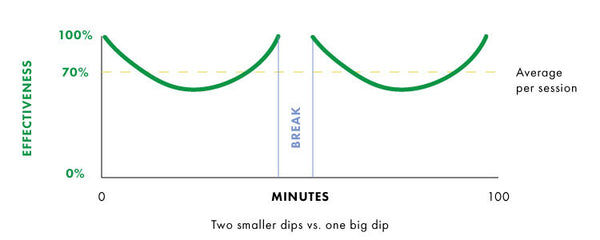
Now, get to work! And then take a break. And get back to work :)
TIP #3: How to break your large goal into smaller manageable tasks
Typically when people set goals they are very vague:
- I want to get in shape
- I want to start a business
- I want to get into a relationship
Because our goals are vague, we do not know where to begin. We end up doing nothing, aka succumbing to clicking on a Facebook link which leads us to a Wikipedia article, which leads us to researching the extinction of the dinosaurs…you get the picture.
Today, we’ll share with you how to take a large, vague task and break it down into small, daily actionable steps.
Millions of people every year have dreams of obtaining six-pack abs, toned arms, and slimmer waists. Oh, and that thing about becoming healthy helps, too :)
But where to begin? Which program do I follow? Which diet will work this time!? Somebody tell me what to do!
Getting in shape can be very overwhelming if you do not know where to begin. You do not want to be “bandwagoning” - where you jump on every new fad diet/exercise program, only to give-up, jump off, and look for another. The only exercise some people get is jumping on and off the bandwagon.
Using the Productivity Planner, let’s breakdown the very vague goal of wanting to get in good shape. By no means are we fitness experts but we are good at breaking goals down into manageable tasks.
CHALLENGE #1: I do not know where to begin
M.I.T. #1: Take time to determine the task at hand and why you feel it is important.
Here’s how it might look like in the Productivity Planner for day 1:

Today, we determined we want to look like Jennifer Lawrence in the Hunger Games because we want to feel vibrant, strong, and confident in our own body (and look good tripping up the stairs, should we win an Oscar). We are making progress. Awesome!
It’s now day 2.
CHALLENGE #2: What meal plan / exercise program should I choose?M.I.T. #2: Pick the programs.
Now let’s pause for a moment. Bundled in M.I.T. #2 are actually two tasks: finding a meal plan program and an exercise program. So let’s pick finding a meal program as the most important task for today.
However, finding a meal program is still a vague task. We should get more specific: buy a book on healthy eating. Because I am feeling a bit ambitious too, I will turn the vague task of finding an exercise program into signing up for a gym. Typically, the more clearly defined your tasks, the easier they are to complete.
Here’s how I would break it down in the Productivity Planner:
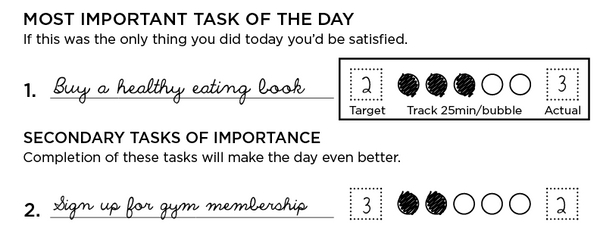
Woo hoo! We are really making progress now. We bought a book about healthy eating and we signed up for a gym membership.
Now, we face another overwhelming dilemma for day 3.
CHALLENGE #3: Cooking healthy meals for the week.
M.I.T. #3: ???
This task of cooking healthy meals is actually a Russian nesting doll in disguise.

Cooking healthy meals will involve:
- Going to the grocery store
- Prepping food for the week
- Cooking the food
Our most important task for today may simply be shopping for groceries. If we do not have healthy food to eat, we cannot eat healthy food. #logic
M.I.T. #3: Going grocery shopping for the week

So, we went to the grocery store and even prepped food for the week. We kept to the outside of the aisles, avoiding the processed foods. Great! We are killing it. We did not cook the healthy recipe tonight because it was too much for one day’s work. Totally OK!
On to day 4: We will take our uncompleted task from yesterday (cooking a healthy recipe) and bump it to our M.I.T. #1 for today.
CHALLENGE #4: Cooking healthy recipe
M.I.T. #4: Cooking healthy recipe from healthy cookbook I purchased

UH OH! It’s the end of day 4 and we intended to cook our healthy recipe, but we wound up eating a frozen pizza instead. No need to beat ourselves up about it. We will log it and assess what happened to move forward.
The task of setting aside a cooking day, such as a Sunday night, may be the solution. Never try to change everything all at once. Bite-size tasks make the process less daunting and you become way more productive.

For the next day, we may write our most important task as “throw out all junk food in the house” or “have a go-to restaurant to order takeout/delivery if too tired to cook”.
Let’s recap where we started on day 1 to where we went 5 days later:
DAY 1 M.I.T. - Determine fitness goals
DAY 2 M.I.T. - Buy healthy eating book
DAY 3 M.I.T. - Grocery shop
DAY 4 M.I.T. - Cook healthy recipe
DAY 5 M.I.T. - Throw junk food out of house
Accomplishing big wins is a constant small chunk + refining process. Some days you will make great progress. Other days you will hit road blocks like succumbing to eating pizza when you committed to eating healthy. If this happens, simply assess the damage and take steps to overcome the issue.
In general, progress on big goals will look like the picture on the right:
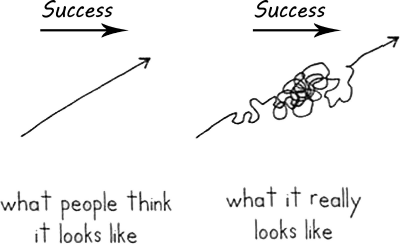
Stay patient. Work with the system. You’ll get to where you want to go.
TIP #4: Using the Productivity Score to become a productivity machine
The major key to becoming more productive is learning about your work habits and then improving upon them. This is where the productivity score comes in handy.

Today we’ll clarify how to make the Productivity Score work for you.
The Productivity Score can be thought as: “What did I learn about my productivity today and how can I improve tomorrow?”
Because the point of the Productivity Score is about improvement, you will have few days each week where you mark a 10. You may get the urge to mark a 10 every day. We like the feeling of getting gold stars, too. However, getting a 10 is not the point. Learning how to refine your work habits is.
So, what things should you be writing down?
Let’s say that our most important task for today was to decide on a business idea. But, uh oh! We did not do it. We got secondary and additional tasks done, but not our M.I.T.
At this point, we are asking ourselves, “What happened? Why didn’t I decide on a business idea? Was the task clear enough? Did something get in the way?”
From asking these questions, we discover that we did not complete this task before leaving for work and let other workday responsibilities take over. By the time we got home, we were exhausted and wanted to binge watch reruns of Friends.

Because we completed secondary and additional tasks, we decided the day deserved a 5, although it was bittersweet.
Now, it is the next day and we still did not decide on a business idea! Again, we follow the same process by asking: What happened? We discover that we did not allow enough time in the morning to get it done, so here’s what we write:

With the productivity score, we want to identify the bottlenecks that cause issues for getting tasks done. The task of deciding on a business idea really can be a task of going to bed earlier. We know this because we actively assessed what was going on with our habits.
Other ideas of what to write for this section may include:
- I need to allow more time for a task
- I severely underestimated a task and need to break it into chunks
- I need to pick a task where I control the outcome
What is the difference between marking a 6 or 7, 7 or 8, 3 or a 6, etc.?
This is entirely subjective. You may get a bunch of things done and discover that you still do not feel satisfied at the end of your day. No need to be harsh. Recognize the things you got done in the day and see the opportunities for improvement.
As Bill Gates said, “Most people overestimate what they can get done in a week, but underestimate what they can get done in a year.” We are playing the long game here.
When should I give myself a 10?
If you accomplished your M.I.T. and you have that warm glowing feeling from having completed it, mark yourself a 10.
When our team member, Kevin, had a goal to date regularly, he could get a lot done in his workday, but still feel unsatisfied at the end of his day if he did not set up any dates. However, if he put himself out there, he could accomplish little in his workday, but still feel great about his day.

Again, this is very subjective. If you are prone to going hard on yourself, ask yourself if you are focusing on the right things. You may think your M.I.T. is switching jobs, when in reality your M.I.T. should be being kinder to yourself.
Maybe you finally booked the trip you always wanted to go on. Maybe you finally cleaned your room. Maybe you finally started writing the book you’ve been meaning to write.
While “10” days will not happen every day, you should be asking yourself again and again, “what are the things that I’ve been putting off that I would love to accomplish? What are the things that lead to ending my day knowing I accomplished something meaningful?”
TIP #5: How to handle random tasks that pop up in your day
As we start our workday, it can quickly feel like this:

We may have intentions of getting important tasks done during the day, but random tasks inevitably pop up and our desire for advancing in our career, getting fit, and strengthening our relationships get pushed aside.
We may think, “I just need to get organized!”
Many planners excel at being a neat, organized place for our to-do lists, but this does not solve our dilemma. This is why we keep coming back to Tim Ferriss’ mantra: What you do is more important than how you do everything else, and doing something well does not make it important.
This is exactly what the Productivity Planner was built for, yet obstacles to complete your most important tasks will still come up.
Like a seasoned Jiu Jitsu practioner, your goal is to maneuver these obstacles by constantly asking yourself this question: “how do I make time in my day and eliminate the obstacles that prevent me from completing this task?”
That becomes M.I.T. #1. If you can eliminate an obstacle that will clear the road ahead to give you an opening for weeks, months, if not years, to get important work done, do it!
- Maybe you need to make 10 sales calls and you know it’s going to take all your willpower to get this done. It will require focused concentration with no distraction. You may need to schedule a certain day of the week in advance with your team/boss and make it clear that you are unavailable during that time unless the building is on fire.
- Maybe no matter how hard you try to get a task done at the end of the day, you come home tired and just want to relax. You may try experimenting with doing your most important task first thing in the morning (we are huge fans of this).
- You may have always wanted to write a book, but can’t find the time. Experiment by writing in spare moments - while commuting, waiting for appointments, etc. It may not be the greatest book in the world, but you’ll write the book instead of just talking about it!
- Can you batch tasks? Can you batch specific periods of times in your day to check emails, do errands, or the small little things that eat away focused concentration time?
- Can you delegate? Do you need to grocery shop or could you use a service like Instacart to save you 1-2 hours per week? Could you hire a cleaning service? Are you taking on too big a workload that could be either eliminated or better delegated?
This process may require difficult conversations. It may require adjusting your habits. This is your life we are talking about.
The road to becoming the best version of yourself and living a life of your dreams will be paved with challenges. You can choose to succumb with excuses or flow like water around them.
To quote The Roots, “we don’t say good luck, we say don’t give up!”
TIP #6: What should your Most Important Task be? Work related? Personal? Both?
The Productivity Planner could become another organized to-do list if you do not have a general sense of your big-picture goal.
While you can use the Productivity Planner for putting out daily fires, such as responding to emails, drafting proposals for clients, etc., the real purpose of the Productivity Planner is to accomplish long-term wins.
Getting your inbox to zero may feel satisfying on a daily level, however, are you going to look back on your life and say, “What I am really proud of is when I got my inbox down to zero on June 27th, 2016. That was a great day!”? If this is your standard for a life well lived, up your game!
Your Most Important Task (M.I.T.) = a task that would leave you satisfied at the end of the day (or even week) no matter what else you accomplish.
If getting to inbox-zero fits into the larger picture of clearing space to optimize your workplace’s efficiency, and thus ultimately leads to a promotion, then by all means, it was an M.I.T. well defined!
This is how to think about M.I.T.’s.
Does completing this Most Important Task today move me closer to a better long term version of myself?
You may feel really satisfied when you complete the book you always wanted to write. So, writing 1-2 pages today is a great M.I.T. because it moves you closer to that goal.
You may feel satisfied when you are in a loving relationship. So, focusing on loving yourself first (eating health, going to the gym, partaking in hobbies you enjoy, etc.) + pursuing social opportunities to give yourself the chance to date would move you along this path.
You may feel satisfied when you get a raise. Thus, setting up an interview with someone a few steps ahead of you in your career to identify key skills to improve is a great M.I.T. to move you towards the goal of getting a raise.
Set a goal, but focus on the process oriented tasks that will move you towards your goal.
Should I use the Productivity Planner for work-related goals? Personal goals? Or both?
There is a lot of debate as to how many goals to pursue at once.
Odds are if you are choosing to pursue starting a business outside of work, optimizing your fitness will most likely take a back-seat. If you are spending more time dating, perhaps career goals take a back seat.
But what if you want to do both?
First, we recommend choosing one or the other to start. Get the Productivity Planner system down. Become really good at integrating the prioritized to-do list. Get used to estimating and managing your time with Pomodoros.
If you try to do both work related goals and personal goals, you are actually trying to change three habits at once: (1) adapting the Productivity Planner system (2) achieving a work-related goal (3) achieving a personal goal. There is a good chance you will get overwhelmed and accomplish none of these goals. How many times have you created a giant goals list only to accomplish none of them? It’s a classic example of The Paradox of Choice. Begin by limiting your options.
Once you get into the rhythm of using the Productivity Planner to accomplish your most important tasks, consistently, for either your work related goal or personal goal, THEN start incorporating the second goal - not before. Trying to begin cooking complex dishes, like a chef on the Food Network, before knowing the basics is unrealistic. Build a solid foundation before trying to juggle multiple ingredients.
You can do everything you want to do. You just need to have patience.

